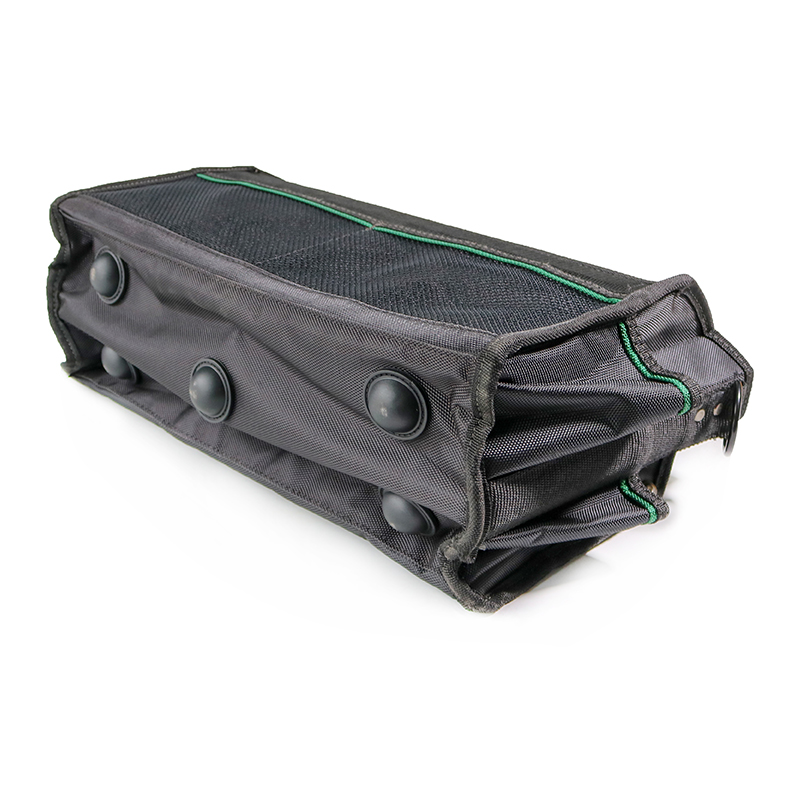In the second half of the year, the steel industry’s “limitation of production and price†is more realistic

Zou Jiming further believes that the whole of Asia is currently in a weak period of steel demand. The demand for steel in the next 12 months is only 2%-3%. China is hard to be an exception. On the contrary, the overcapacity of Chinese steel companies will drag down Asia. The profit margin of the steel industry. This means that exports and transfer of production capacity are hard to play.
Xu Lejiang, chairman of Baosteel Group, who was just elected as the new president of China Steel Association, publicly appealed that China's steel industry is only a slight overcapacity. He stressed that there is an absolute surplus of excess capacity at the peak of the economic cycle. “Now is the economic downturn. Once the economy is stimulated, the economy is growing sharply, steel is in short supply, and production capacity is left.â€
In fact, the Chinese government has recently begun to introduce a small stimulus plan, including supporting real estate construction based on shantytown renovation and expanding the scale of railway construction investment. The National Development and Reform Commission also said that specific planning measures for urbanization will be introduced in the second half of the year.
“In the past 10 years, China has relied on real estate and rail transit as its main pillar industries, and the demand for steel has been very strong.†Xue Heping, an analyst at China Steel Association, said, “But the next 10 years will be the post-real estate and rail transit period, China’s economic society. The demand for steel is mainly based on the rigid demand of instinct."
Xue Heping further pointed out that although the current "urbanization" is all-encompassing, it is only a result-like concept noun. There is still no influential pillar industry for the demand for steel.
The Chinese manufacturing PMI is a synchronous indicator of steel demand. In July, the manufacturing PMI of the middle mining industry rose slightly to 50.3%, but it was still lower than the 50.8% in May. The lack of data on the sub-sectors was also questioned by the industry; the HSBC manufacturing PMI further fell to 47.7%.
China Steel Association expects that from 2013 to 2014, the national crude steel output will increase by 7.5% and 3%, respectively, to 770 million tons and 790 million tons; the apparent demand for steel will increase by 5% and 3%, respectively, to 760 million tons and 790 million tons.
Most commodity prices are weak, but Zou Jiming believes that it is difficult for steel companies to benefit from it. Iron ore and coking coal used in steelmaking are in the near-term price cuts. However, steel companies have sufficient raw material stocks, but they suffer from inventory price loss. On the other hand, steel companies and downstream customers lack bargaining power, and the continuous price cuts have led to further thinning of profits.
Zou Jiming also adjusted the expectations of the steel industry from stable to negative, and said that steel companies will continue to bear negative expectations until the excess energy is resolved and the downside risks of the Chinese economy disappear.
If it is difficult to resolve the problem of overcapacity in steel production by export, transfer of production capacity and hope that urbanization will accelerate the reorganization of steel enterprises and increase industrial concentration, it will be a short-term choice for the steel industry. However, China Steel Association believes that from the current point of view, the industry concentration is not high, in this case, the road to "limit production and insured prices" is the most realistic.
Foldable tool tote is a type of tool bag that is designed to be collapsible and easy to store when not in use. It typically features a collapsible frame made of lightweight materials such as aluminum or plastic and a removable fabric bag that can be folded or rolled up for compact storage.
Foldable tool totes are ideal for professionals who need to transport tools to different job sites and want a bag that is easy to store when not in use. They are also useful for DIY enthusiasts and homeowners who need a portable and convenient way to store and transport their tools but have limited space for storage.
Some foldable tool totes also feature additional pockets and compartments for organizing smaller items such as screws, nails, and drill bits. They may also have reinforced handles or shoulder straps for easy carrying.
The benefits of a foldable tool tote include:
-
Space-saving design: The collapsible frame and removable fabric bag allow for easy storage in small spaces such as closets or car trunks.
-
Lightweight and portable: The lightweight frame and fabric bag make it easy to transport tools and equipment to different job sites or locations.
-
Versatility: Foldable tool totes can accommodate a variety of tools and equipment, making them a versatile option for different trades and applications.

When choosing a foldable tool tote, it is important to consider the size and weight of your tools, as well as the overall durability and quality of the bag. Look for a model with sturdy construction, reinforced handles or shoulder straps, and ample storage space to accommodate all your tools and accessories.
Foldable Tool Tote,Collapsible Tool Tote,Foldable Tool Bag,Portable Tool Boxes
ZHANGJIAGANG CITY XIANGLE TOOL CO., LTD. , https://www.sjxiangletoolbag.com